All the major retailers point out in their ad campaigns how much they're doing to keep prices low for their customers.
But while customers have indeed been protected from price inflation, they have branded suppliers and not retailers to thank, according to new research carried out for The Grocer.
The OC&C Global 50, a report into the world's 50 biggest fmcg suppliers, examined food price inflation over 2008. It found the cost of food and agricultural commodities rose a massive 23.3% in 2008. Consumer prices rose much less, at just 5.8%, according to the OECD consumer price index.
This was achieved by retailers and suppliers both taking a hit on their gross margins. But the pain wasn't split evenly. OC&C's analysis shows that while retailers took a hit of 0.1 percentage points, the top 50 fmcg suppliers took a margin hit of 1.6 points on average 16 times more.
"The conclusion is definitely that suppliers have been doing most of the running in terms of keeping costs down," said OC&C associate partner Will Hayllar. "The retailers' part in keeping costs down seems to have been achieved mostly through tough negotiation with suppliers. However, it must be noted that retail margins are significantly smaller than supplier margins."
The figures suggest the margin hit for smaller suppliers, who lack the clout of the top fmcgs, could be even more substantial.
The Global 50 suppliers managed to recoup some, but not all, of the margin hit. Around two thirds was recouped through cost savings, made by closing facilities, laying off staff or selling off businesses, though this meant many businesses incurred one-off charges.
The margin hit marred an otherwise record-breaking year for the top 50, with average sales growth at an all-time high of 13.3%.
But while customers have indeed been protected from price inflation, they have branded suppliers and not retailers to thank, according to new research carried out for The Grocer.
The OC&C Global 50, a report into the world's 50 biggest fmcg suppliers, examined food price inflation over 2008. It found the cost of food and agricultural commodities rose a massive 23.3% in 2008. Consumer prices rose much less, at just 5.8%, according to the OECD consumer price index.
This was achieved by retailers and suppliers both taking a hit on their gross margins. But the pain wasn't split evenly. OC&C's analysis shows that while retailers took a hit of 0.1 percentage points, the top 50 fmcg suppliers took a margin hit of 1.6 points on average 16 times more.
"The conclusion is definitely that suppliers have been doing most of the running in terms of keeping costs down," said OC&C associate partner Will Hayllar. "The retailers' part in keeping costs down seems to have been achieved mostly through tough negotiation with suppliers. However, it must be noted that retail margins are significantly smaller than supplier margins."
The figures suggest the margin hit for smaller suppliers, who lack the clout of the top fmcgs, could be even more substantial.
The Global 50 suppliers managed to recoup some, but not all, of the margin hit. Around two thirds was recouped through cost savings, made by closing facilities, laying off staff or selling off businesses, though this meant many businesses incurred one-off charges.
The margin hit marred an otherwise record-breaking year for the top 50, with average sales growth at an all-time high of 13.3%.








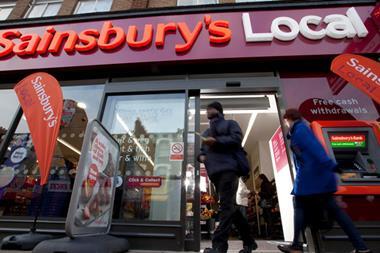
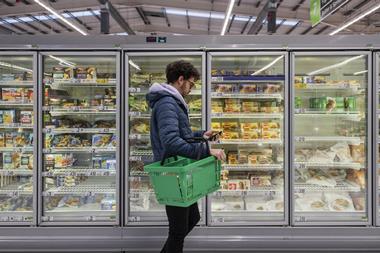



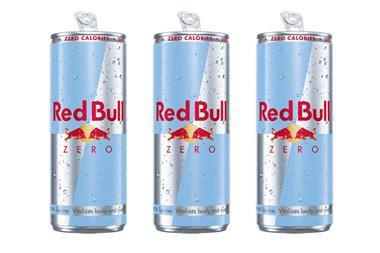
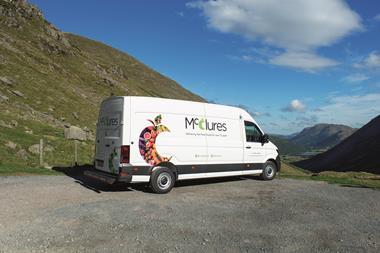

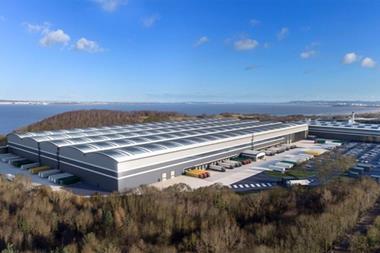
No comments yet